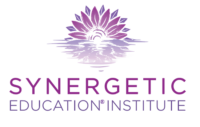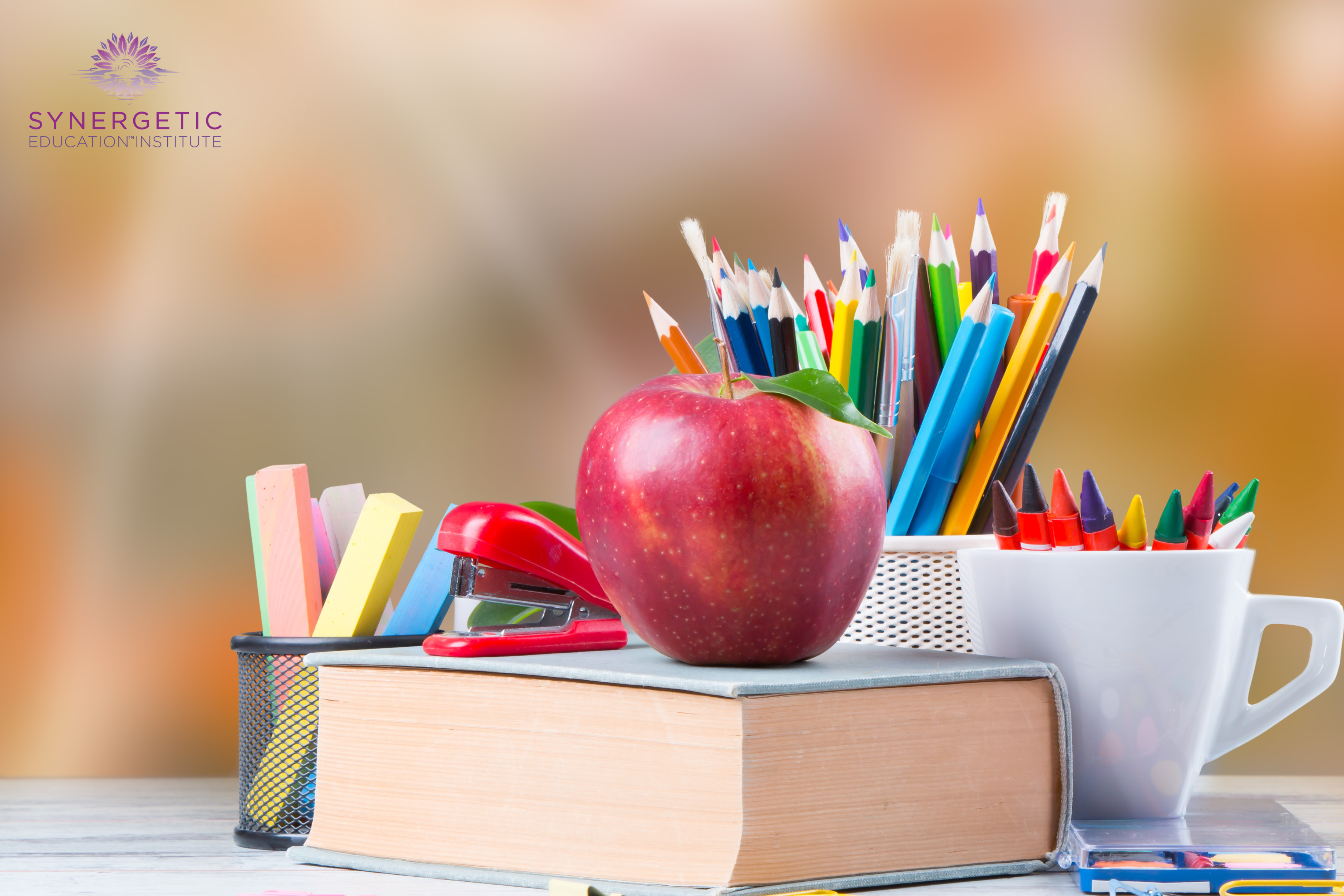By Judith Norman, MS, LSC, LPC, RPT-S
Navigating the landscape of education presents a unique set of challenges. Educators must ensure that academic standards are being met while also dealing with the reality of stress in schools. Every day, we’re confronted with stress reactions impacted by perceptions of the environment that can be challenging to understand, as they are often below conscious awareness.
It’s a complex interplay, but understanding the dynamics of nervous system activation and brain state processing capabilities, offers a valuable lens through which to comprehend both our own and our students’ behaviors and regulatory needs.
In the classroom, educators not only contend with their own stress and anxiety but also absorb the stress and dysregulation of their students, courtesy of our mirror neuron systems. While this presents as a challenge, it also offers opportunities for support, once we understand how to use it as a tool.
Consider the exhaustion and burnout that educators often face. Lisa Dion’s concept of “One foot in and one foot out” sheds light on this phenomenon. It suggests that even amidst dysregulation, we can experience moments of regulation.
Let me give an example … I often explain it as carrying rocks. Each time you become dysregulated, it’s like someone hands you a rock you must carry. Each time a rock is added to your arms, you feel more dysregulation, and your window of tolerance gets smaller. With each rock, you are increasing the likelihood of an explosion or collapse. Feeling this dysregulation is “one foot in.” However, if you hold the rock for a moment, and then let it go before moving on,” one foot out,” you are finding a moment of regulation. Regulation could be a breath, some patterned movement, or anything that regulates you. Doses of regulation throughout the day, practicing “one foot in and one foot out,” is the best way to reduce burnout.
As we regulate, we can use the mirror neuron system as a tool in these moments. When we focus on our own regulation, students also feel the regulation. In this way, the educator has a regulatory impact on the entire class, allowing educators to be external regulators for their students.
As students experience a moment of co-regulation in the midst of the dysregulation, their brains are getting a new message. The moment of regulation tells their brain, “I am ok,” while they are experiencing the dysregulation. Their brain is being rewired as new neural connections are made with this new experience. Their nervous system is also being repatterned as their window of tolerance grows, meaning it will take more to push them outside their window of tolerance into a dysregulated state of arousal.
It’s not uncommon to try to avoid stress, yet this isn’t a sustainable solution; consider how teaching students to navigate stress equips them with a vital life skill. When stress inevitably permeates the school environment, finding moments of regulation offers significant outcomes:
- Educators’ own regulation: By regulating in the moment, educators prevent the accumulation of dysregulation, staving off burnout and keeping their window of tolerance from shrinking.
- Co-regulation of the class: As educators regulate, their students feel the effects, thanks to the mirror neuron system, fostering a sense of connection to self and others and stability across the classroom.
- Rewiring brains and re-patterning nervous systems: Each moment of co-regulation sends a powerful message to students’ brains, fostering new neural connections and expanding their window of tolerance.
Interoception, our ability to notice what’s happening in our bodies, lays the groundwork for self-regulation. By explicitly teaching and modeling interoception to students, educators and students alike can begin to develop essential self-regulation skills.
Support for our students involves us developing interoceptive awareness, recognizing our own bodily cues, and employing effective regulatory strategies. Encouraging practices like “one foot in and one foot out” ensures that not only do our students receive doses of regulation throughout the day, bolstering self-regulation skills, but we also get to experience this!
Here’s another example and something you can do throughout your day: If you feel tension in your chest or your shoulders draw up to your ears, ask yourself, “What does my body need right now?” Maybe a deep breath or to roll my shoulders?
In essence, by prioritizing regulation within ourselves and our classrooms, we pave the way for a more supportive and conducive learning environment for all. Through understanding and intentional practice, we can foster resilience and empower students to navigate stress with a greater connection to themselves.






